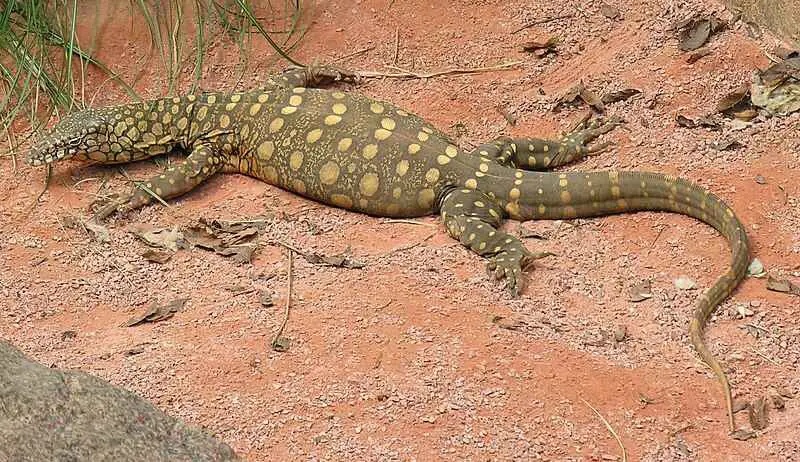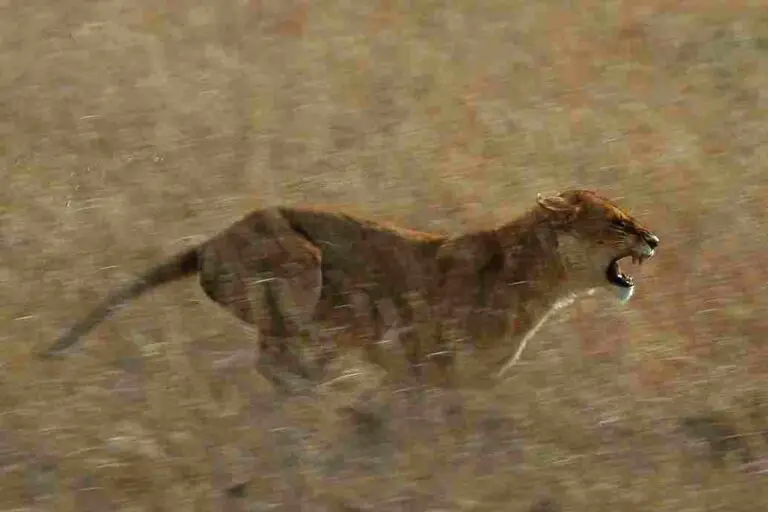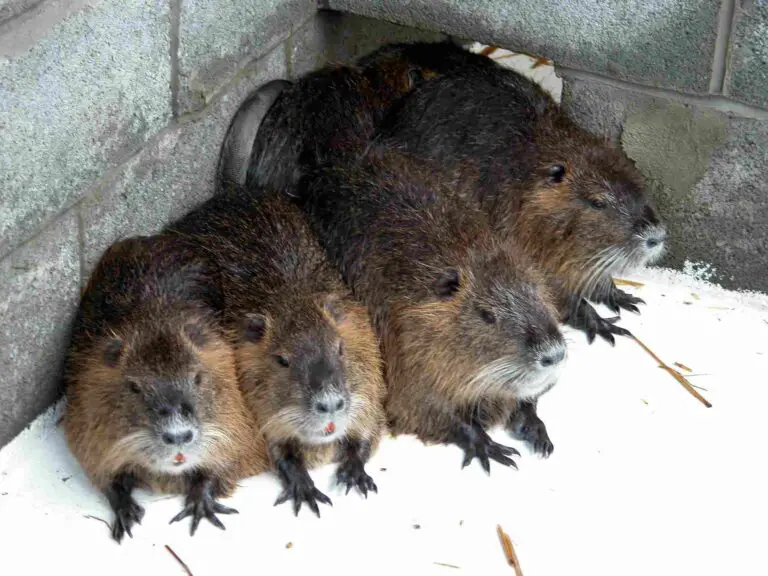5 Desert Animals and Their Characteristic Features Discussed
Desert animals are reptiles, birds, insects and mammals like; fennec fox, meerkat, monitor lizard, scorpion, and Harris's hawk, which are adapted to the low-moisture conditions of the desert biome
This article discusses desert animals and their characteristic features, as follows;
1). Fennec Fox (as an Example of Desert Animals)
Fennec fox is a desert animal with carnivorous and nocturnal behaviors, as well as highly-adapted physiological features for survival in arid regions.
It is called 'fennec' fox from the Arabic word fanak (فنك), which means 'fox', and acknowledges the slight resemblance of this animal to a rabbit, which is sometimes referred to with the same Arabic word.
What is special about fennec foxes is their large ears, which are used for enhanced hearing during hunting, while also serving as a vent for excess body heat during the day [3]. Fennec foxes are small in size compared to their canine relatives in other biomes, and their ears can grow as long as 6 inches.
Activities of fennec foxes in the desert include burrowing and hunting, by which they contribute to the modification of the desert landscape, and the dynamics of the desert energy pyramid (and food chain).
Preys of the fennec fox are mostly smaller animals, and their nocturnal adaptations enable them to thrive on a relatively small amount of food and water.
Desert locations inhabited by fennec foxes include Arabia, North-African Sahara and the Sinai Peninsula.

2). Meerkat
Meerkats are small, omnivorous relatives of the mongoose, that live in arid regions of Southern Africa.
In Africa, the meerkat is simply called meerkat, or suricate. The alternative spelling of the name is mierkat, which has the same basic pronunciation as meerkat.
A meerkat typically lives in hot-and-dry or coastal desert types, and is adapted to the harsh, dry conditions by their lean build, low calorie-demand, omnivorous and nocturnal behaviors.
Physiological attributes of meerkats include; striped brown fur, pointed snout, large eyes, long hind limbs, and a tapering tail.
Meerkats owe their survival in the desert also to their highly diverse diet, comprising of small mammals, reptiles, insects and plant matter such as fruits.
Locations inhabited by meerkats include the Kalahari and Namib Deserts in Botswana, Angola, Namibia and South Africa.
3). Monitor Lizard (as an Example of Desert Animals)
The desert is particularly high in reptile-species richness, compared to other desert animals. This fact can be attributed to the low-water consumption and slow metabolism of these organisms, which enable them thrive more effectively than warm-blooded mammals.
Monitor lizards live in the desert, and include any of over 40 species of the biological family Varanidae [2].
Physiological characteristics of monitor lizards include; cross-stripes on a brown to brownish-yellow scaly body.
Monitor lizards live in Africa (North, West), as well as Asia (Central, South). They also occur in other locations and continents such as America (North, South), and may multiply in some areas aa invasive species.
One of the largest-known desert lizards is the Varanus griseus caspius; which can reach a total body length of 127.0 cm for adult males [4].

4). Scorpion
Scorpions are desert-dwelling animals of the Arachnida class, which can also occur in non-arid biomes like forests and mountainous zones [1].
The scorpion is a relative of other arachnids like spiders, ticks and mites.
Desert scorpions are poisonous, using their venomous secretions both for self-defense and to immobilize their prey.
Scorpions eat insects, spiders, reptiles, and small mammals.
The ability of scorpions to survive in the desert, and their preference for the desert biome can be attributed to low water demand and loss rates, as well as their ability to find shelter in crevices and underneath dry rocks.
Scorpions are versatile in their occurrence, and can be found in virtually all non-polar regions of the world.
5). Harris's Hawk (as an Example of Desert Animals)
Harris's hawk, also called Pueco in Latin America; is a desert raptor that is found in areas dominated by desert vegetation like cacti, mesquite, yucca and saguaro.
The Harris's hawk can be described as having dark body feathers, with markings of yellow, brown, white and red. It may range in body length between 18 and 24 inches, weighs an average of 2.0 pounds, and has a relatively-broad wingspan of 3.5 feet on average.
Harris's hawks are social birds, and tend to hunt and nest in groups, this adaptation being driven by the elusive and sparse occurrence of prey in desert areas, and the harsh environmental conditions that are prevalent.
Aside deserts, the Harris's hawk is also known to survive in prairies, woodlands and plains, among other areas. They occur in parts of the United States and Mexico.

Conclusion
Desert animals are;
1. Fennec Fox
2. Meerkat
3. Monitor Lizard
4. Scorpion
5. Harris's Hawk
References
1). Alqahtani, A. R. M.; Badry, A. (2021). "A contribution to the scorpion fauna of Saudi Arabia, with an identification key (Arachnida: Scorpiones)." Journal of King Saud University - Science 33(4):101396. Available at: https://doi.org/10.1016/j.jksus.2021.101396. (Accessed 8 April 2023).
2). Böhme, W. (2003). "Checklist of the living lizards of the world (family Varanidae)." Available at: https://www.semanticscholar.org/paper/Checklist-of-the-living-monitor-lizards-of-the-Böhme/0bb27bb49d02b9b256c15f688d1d56dc997fff6f. (Accessed 8 April 2023).
3). Maloiy, G.; Kamau, J. M.Z.; Shkolnik, A.; Meir, M.; Arieli, R. (2009). "Thermoregulation and metabolism in a small desert carnivore: the Fennec fox (Fennecus zerda) (Mammalia)." Journal of Zoology 198(3):279 - 291. Available at: https://doi.org/10.1111/j.1469-7998.1982.tb02076.x. (Accessed 8 April 2023).
4). Pestov, M.; Gnetneva, A. N.; Mukhashov, A. T. (2018). "The Status of the Desert Monitor Varanus griseus caspius (Squamata: Varanidae) in the Mangistau region of the Republic of Kazakhstan and some features of the preimaginal stages of the longhorn beetles Neoplocaederus scapularis (Coleoptera: C)." Russian Journal of Herpetology 25(4):322. Available at: https://doi.org/10.30906/1026-2296-2019-25-4-322-326. (Accessed 8 April 2023).




